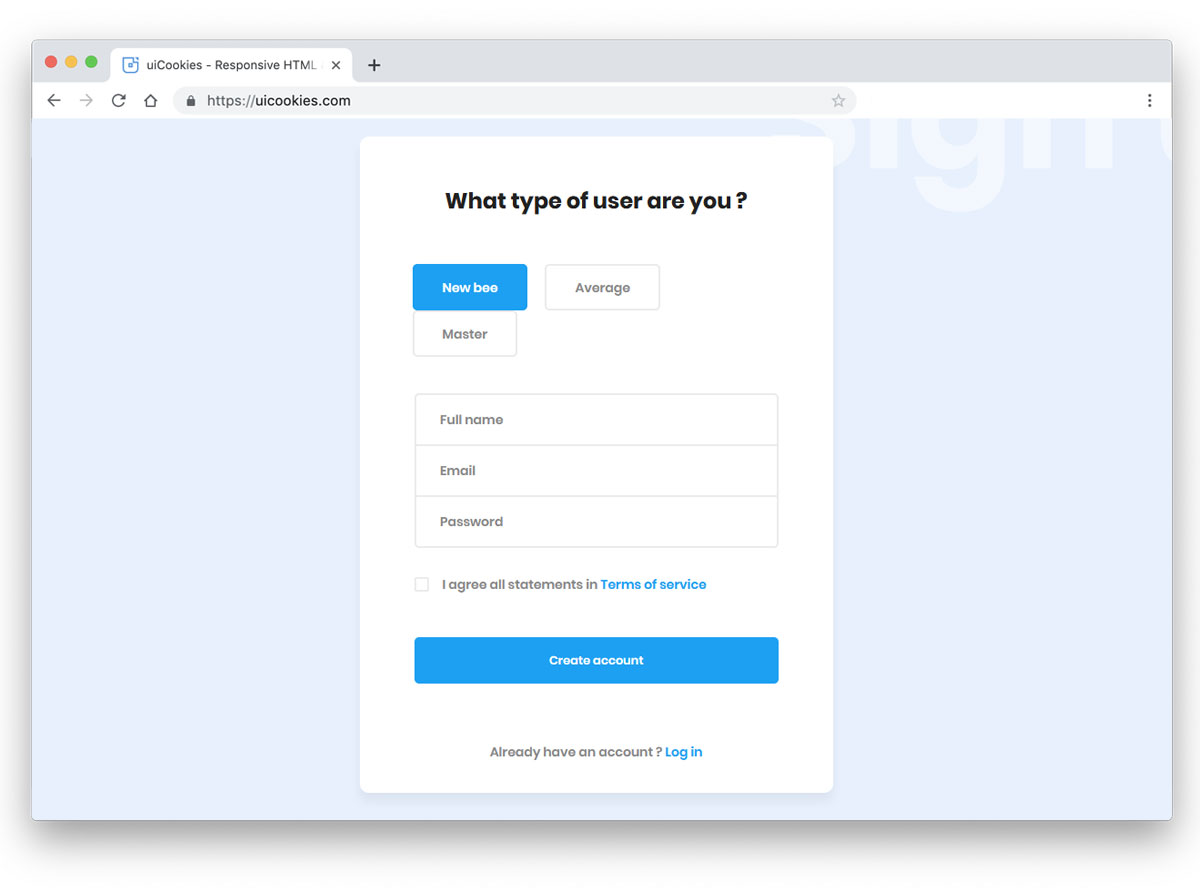
#Simple css form full
We can be intelligent in our validation that way.Menus Icon Bar Menu Icon Accordion Tabs Vertical Tabs Tab Headers Full Page Tabs Hover Tabs Top Navigation Responsive Topnav Split Navigation Navbar with Icons Search Menu Search Bar Fixed Sidebar Side Navigation Responsive Sidebar Fullscreen Navigation Off-Canvas Menu Hover Sidenav Buttons Sidebar with Icons Horizontal Scroll Menu Vertical Menu Bottom Navigation Responsive Bottom Nav Bottom Border Nav Links Right Aligned Menu Links Centered Menu Link Equal Width Menu Links Fixed Menu Slide Down Bar on Scroll Hide Navbar on Scroll Shrink Navbar on Scroll Sticky Navbar Navbar on Image Hover Dropdowns Click Dropdowns Cascading Dropdown Dropdown in Topnav Dropdown in Sidenav Resp Navbar Dropdown Subnavigation Menu Dropup Mega Menu Mobile Menu Curtain Menu Collapsed Sidebar Collapsed Sidepanel Pagination Breadcrumbs Button Group Vertical Button Group Sticky Social Bar Pill Navigation Responsive Header Your backend could also be intelligent enough to realise that when a JPG quality was set that the user wanted a JPG to be generated. A label of “JPG quality” on the text field would make things understandable enough. Say the checkbox has a label of “convert to JPG”. In this – simple – case I wonder what harm there is in the extra form field to be accessible to non-visual users. And it could result in smaller forms as we don’t need a framework or lots of libraries. Overkill for one field, but for very complex JS-driven forms this might be a much saner solution.


Maybe we think too complex – a different way of solving this issue would be to cut this problem into several steps and reload the page in between. It is disappointing that a simple problem like this still needs a lot of DOM manipulation and/or ARIA to really be accessible.

The same happened here, and it doesn’t matter that I wrote about the shortcomings in the first version of this post. Once you publish something like this, you will get a lot of tweets that this is not accessible.


 0 kommentar(er)
0 kommentar(er)
